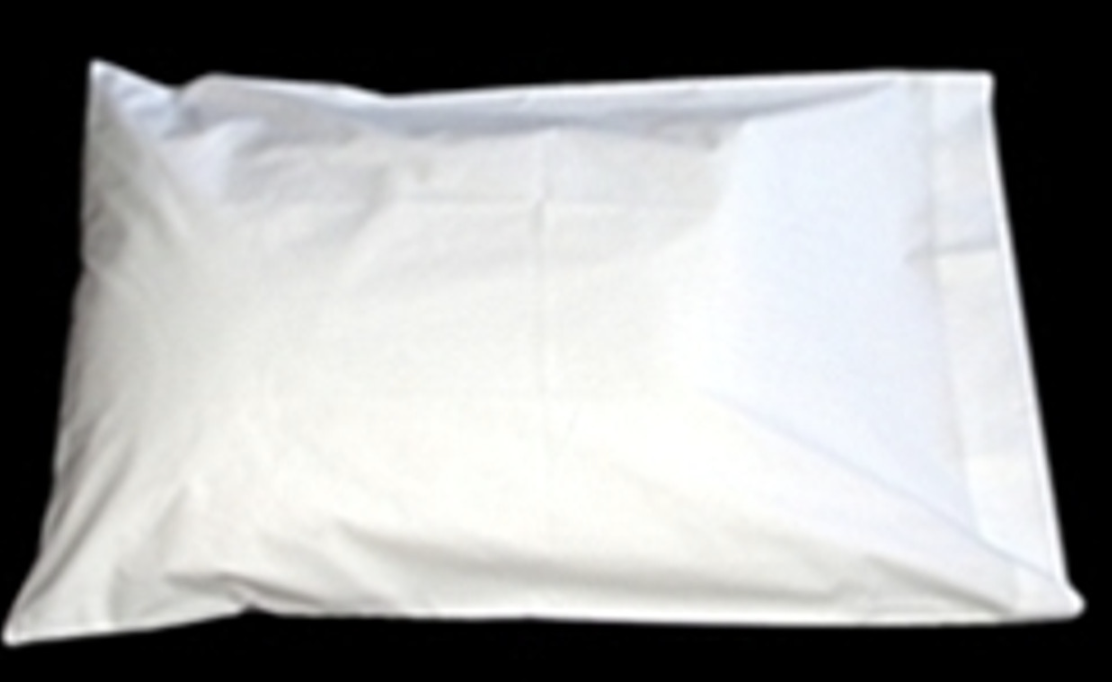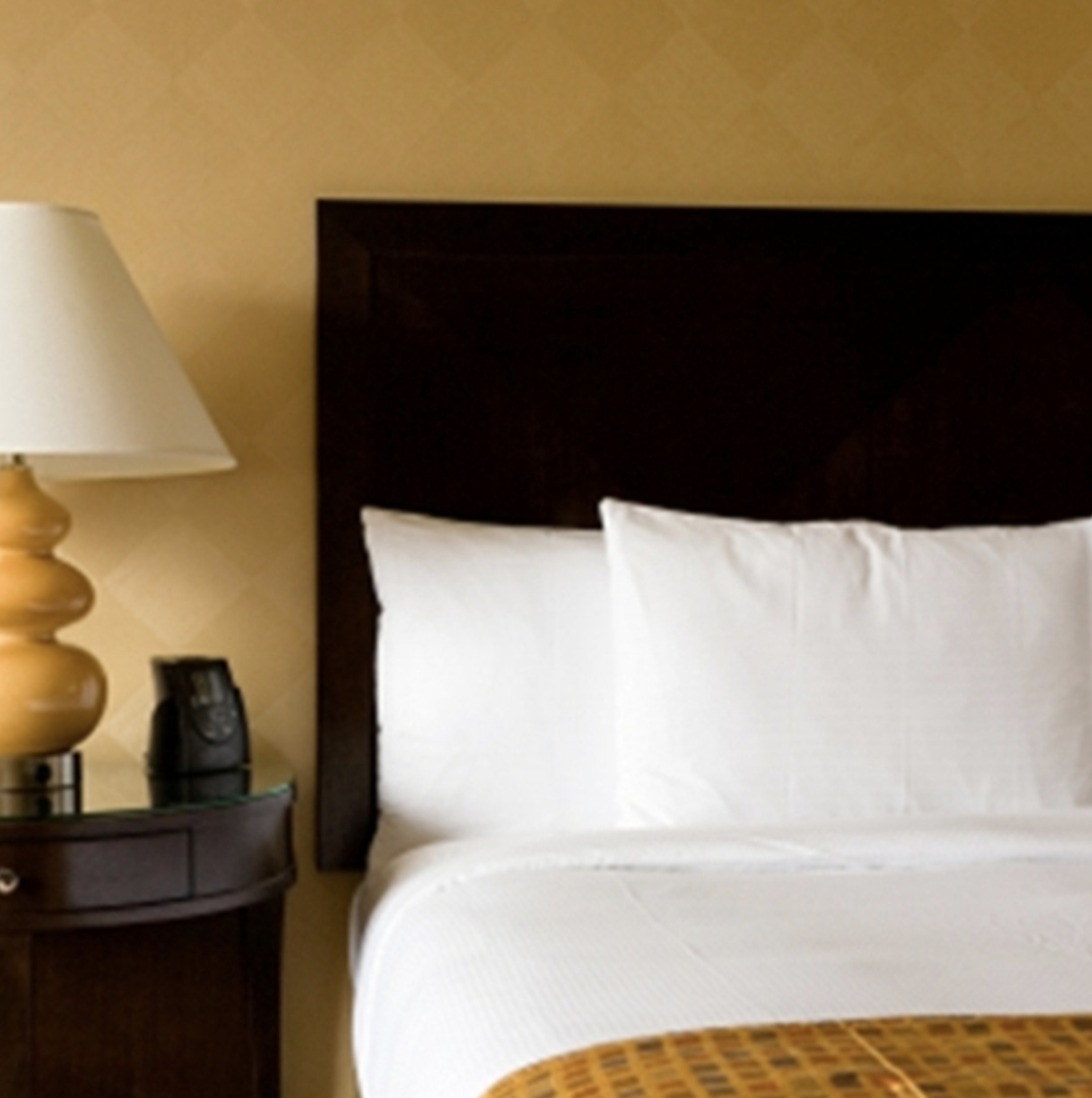What is Thread Count and Why Does it Matter?
Posted by Mike G. on Nov 30th 2024
When it comes to selecting the perfect sheets, thread count often tops the list of considerations. But what exactly is thread count, and why does it matter for hospitality managers and bedding enthusiasts alike? Let’s explore the ins and outs of thread count, helping you make informed decisions about your linens.
Decoding Thread Count
Thread count refers to the number of horizontal and vertical threads woven into one square inch of fabric. A higher thread count often implies a tighter weave, promising a softer, more durable fabric. But why should this matter to you? Well, the right thread count can enhance comfort, longevity, and even the luxury of the sleeping experience you provide, especially in hospitality settings where guest comfort is paramount. For those who manage hotels or simply love quality bedding, thread count is a crucial consideration. It’s your ticket to ensuring guests or family enjoy a restful night.
The Thread Count Scale Explained

Thread counts can range from T-130 to T-250 and beyond. Here's a quick breakdown of what these numbers mean:
- T-130 is often found in nursing homes and budget accommodations. While economical, these sheets are known for their durability.
- T-180 offers a step up in softness and is commonly chosen by budget-conscious hotels that value comfort at a lower cost.
- T-200 strikes a balance between affordability and luxury, providing a softer feel that suits mid-range hotels.
- T-250 is seen as a premium choice for mid-grade hotels, delivering an even softer and smoother texture.
How Thread Count Affects Weave and Feel
The weave of the fabric is deeply influenced by thread count. A higher count leads to a tighter weave, resulting in softer, more durable linens and pillowcases. Lower counts might feel rougher but are often more breathable, making them great for warmer climates or settings where airflow is prioritized. Understanding this helps tailor your linen choices to specific needs, whether you're outfitting a hotel chain or selecting personal bedding.
Choosing the Right Thread Count for Your Setting

In practice, thread count selection varies depending on your setting. Economy settings may opt for T-130 for its cost-effectiveness, while luxury hotels might prefer T-250 for its plush feel. Mid-range options like T-180 and T-200 provide a sweet spot for balancing quality and budget. Knowing where to apply each type enhances both guest satisfaction and operational efficiency.
Debunking the Thread Count Myth
A common misconception is that a higher thread count automatically means better quality. Fabric quality and type play crucial roles. In reality, the type of fabric and weave play equally important roles in determining the quality of your sheets. High-quality cotton with a lower thread count can outperform synthetic materials with a higher count. Focusing solely on thread count might mislead you away from truly superior linens. It’s essential to consider the fabric type and craftsmanship, not just the numbers.
Tips for Deciding the Perfect Thread Count
Selecting the ideal thread count involves considering your specific needs. For hospitality managers, this means balancing budget constraints with guest expectations. Bedding enthusiasts should consider personal preferences and climate. Aiming for a thread count that aligns with these factors ensures you make a purchase that satisfies both practical and comfort requirements.
The Last Word on Thread Count
In the world of bedding, thread count is just one piece of the puzzle. Understanding its role helps you make smarter decisions, whether you're furnishing a hotel or selecting sheets for your home. If you're still pondering which thread count to choose, reach out to our experts for personalized recommendations, ensuring you find the perfect fit every time.

